A road trip offers more than just miles on the highway; it gives you a chance to tell a story through photographs. Capturing the spirit of the journey takes more than snapping random shots. It requires an eye for detail, patience, and the ability to see beauty in small things. These tips will help you take photos that feel honest, grounded, and true to the experience.
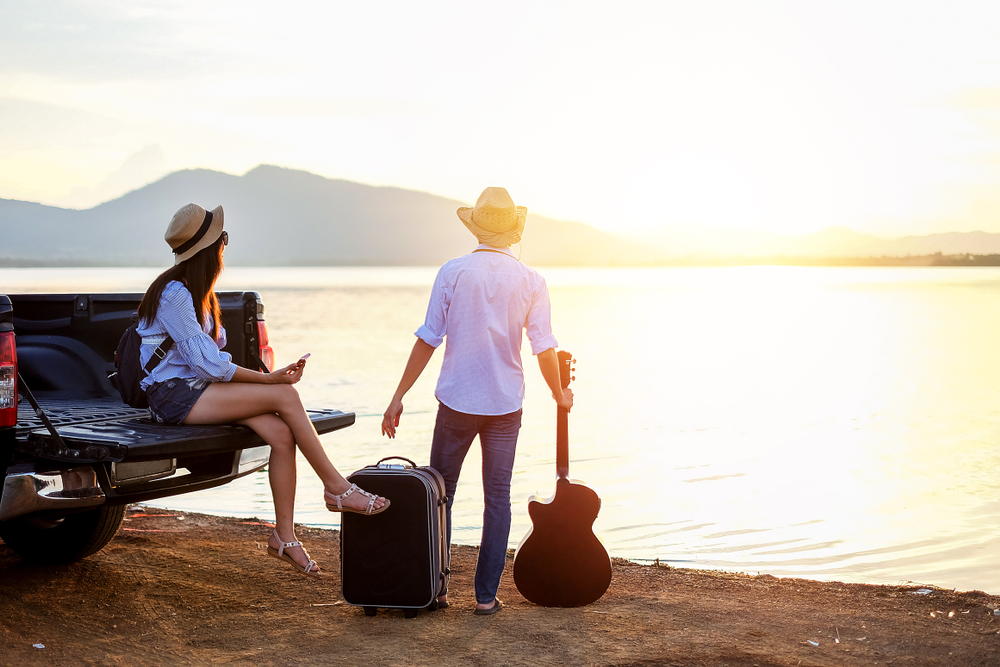 Road trips have a way of slowing down life. The long stretches of highway, the quiet moments at a rest stop, and the unexpected scenery outside the window all create space for reflection. Photography becomes a natural part of the journey. It helps you remember the places and feelings that come with moving from one landscape to the next. The road may be unpredictable, but that’s what makes road trip photos so powerful. They’re a record of what it felt like to be there, not just proof of where you’ve been.
Road trips have a way of slowing down life. The long stretches of highway, the quiet moments at a rest stop, and the unexpected scenery outside the window all create space for reflection. Photography becomes a natural part of the journey. It helps you remember the places and feelings that come with moving from one landscape to the next. The road may be unpredictable, but that’s what makes road trip photos so powerful. They’re a record of what it felt like to be there, not just proof of where you’ve been.
Planning without overplanning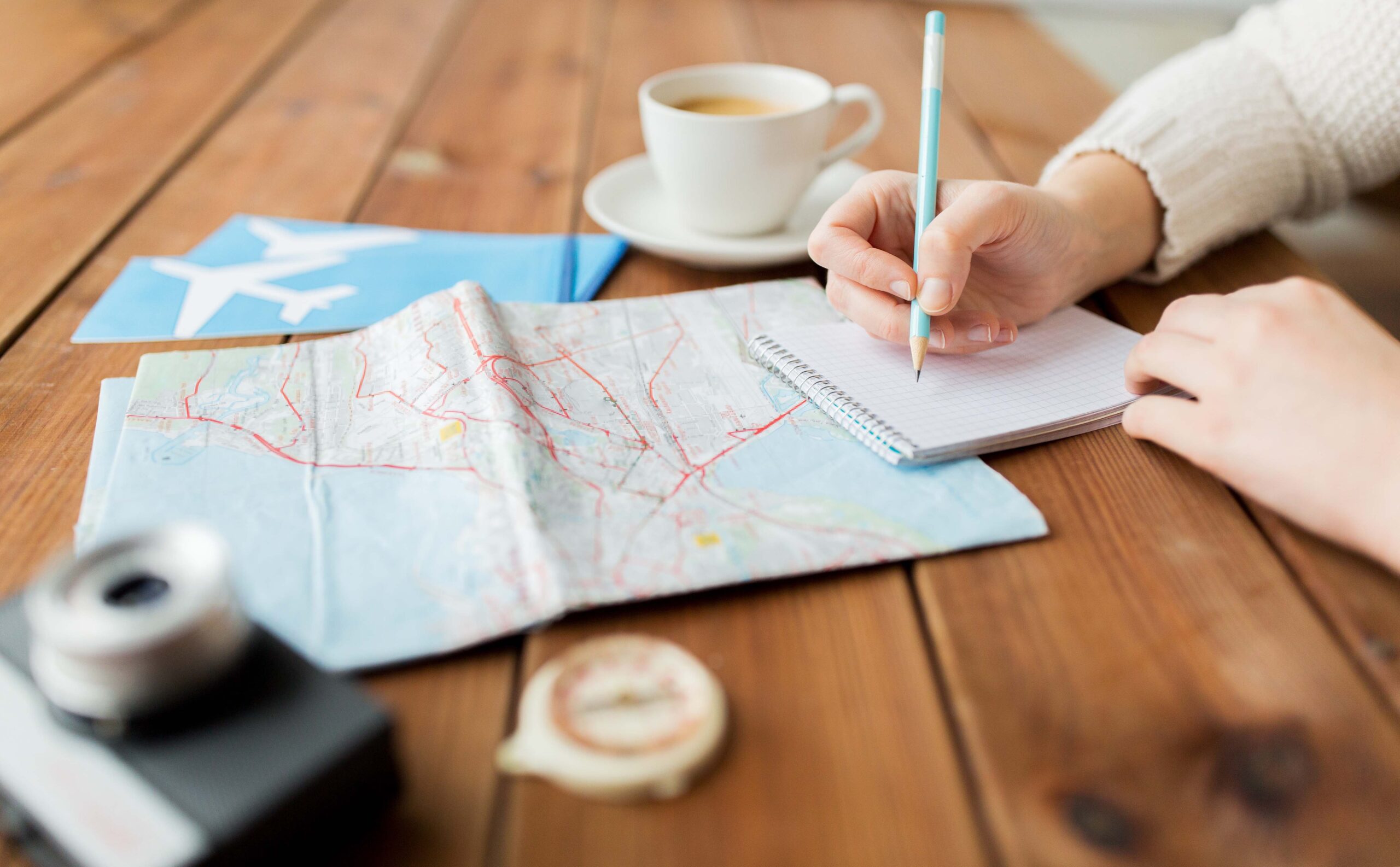
Good road trip photography strikes a balance between preparation and spontaneity. It helps to pack the right gear, think about routes, and know the types of shots you want. But planning too much can make photos feel stiff or forced. Allow room for the unplanned. Some of the best images will happen when you weren’t ready. Keeping your camera close and accessible will let you capture those fleeting moments before they disappear.
Light and timing 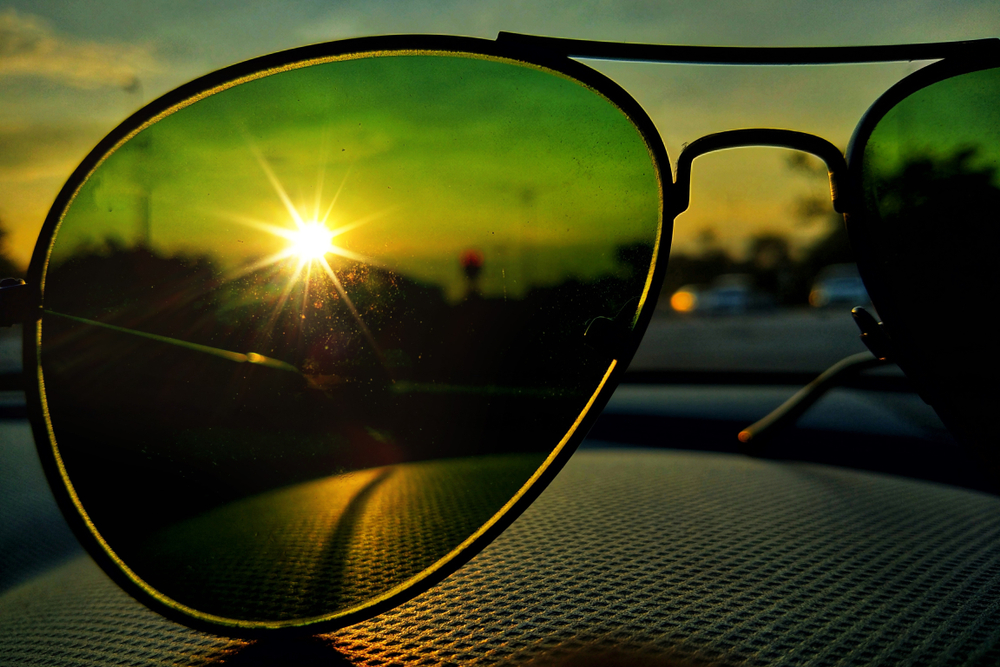
Light changes quickly on the road. Early mornings and late afternoons often give you the most natural colours and softer shadows. Midday can be harsh, but it can work well in open landscapes or cities. The key is to notice how light falls on the scenery you pass. When you see golden light, pull over safely, step out, and take the photo. Those short windows around sunrise and sunset often make ordinary scenes look unforgettable.
Framing the journey 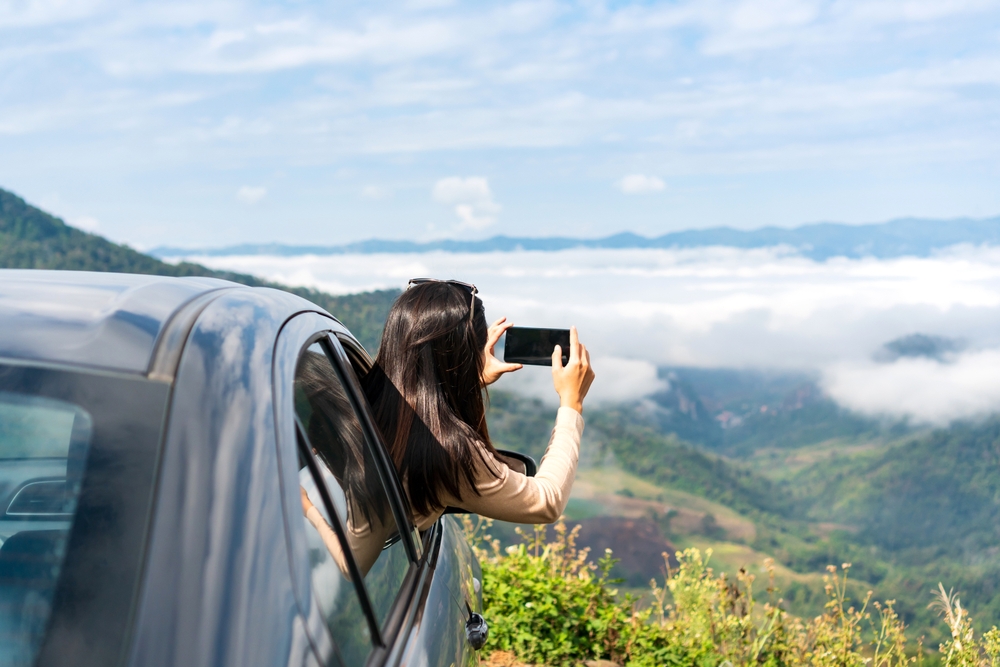
Think beyond landscapes. Wide shots of mountains and coastlines are beautiful, but they don’t tell the whole story. Frame shots to include the inside of the car, the curve of a road, or the people travelling with you. These details create context and bring out the personal side of the trip. Try shooting through a side mirror, capturing a steering wheel, or focusing on someone leaning out the window. It’s about showing both the journey and the way you experienced it.
Movement and stillness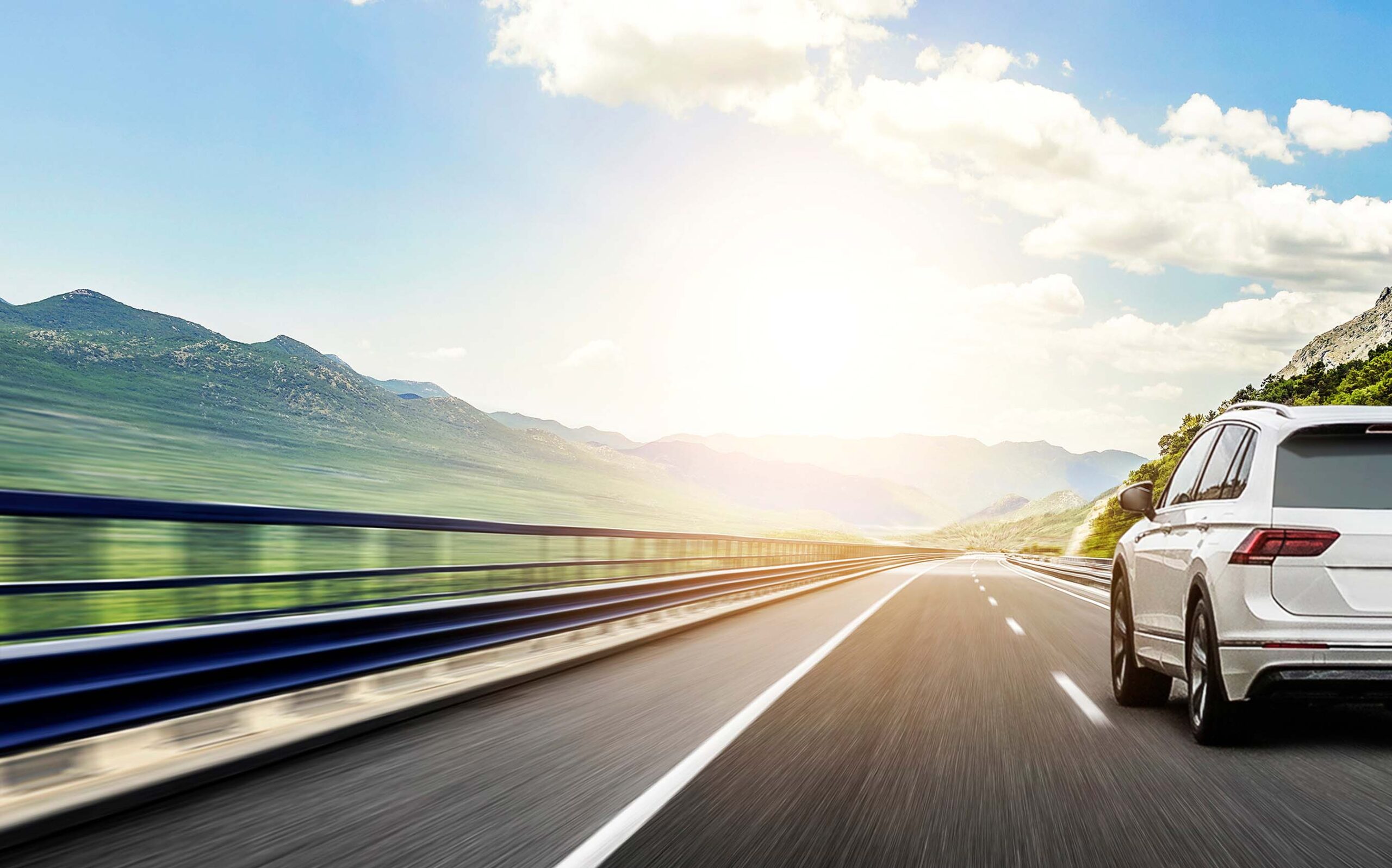
Road trips are full of motion, but photographs stop time. To capture the sense of movement, experiment with slower shutter speeds to show blur in passing scenery. On the other hand, stopping on the side of the road to shoot a still frame adds contrast. The balance between movement and stillness helps shape a collection of road trip photos that feels alive. You don’t always need technical perfection—sometimes a little blur tells the story better.
People on the journey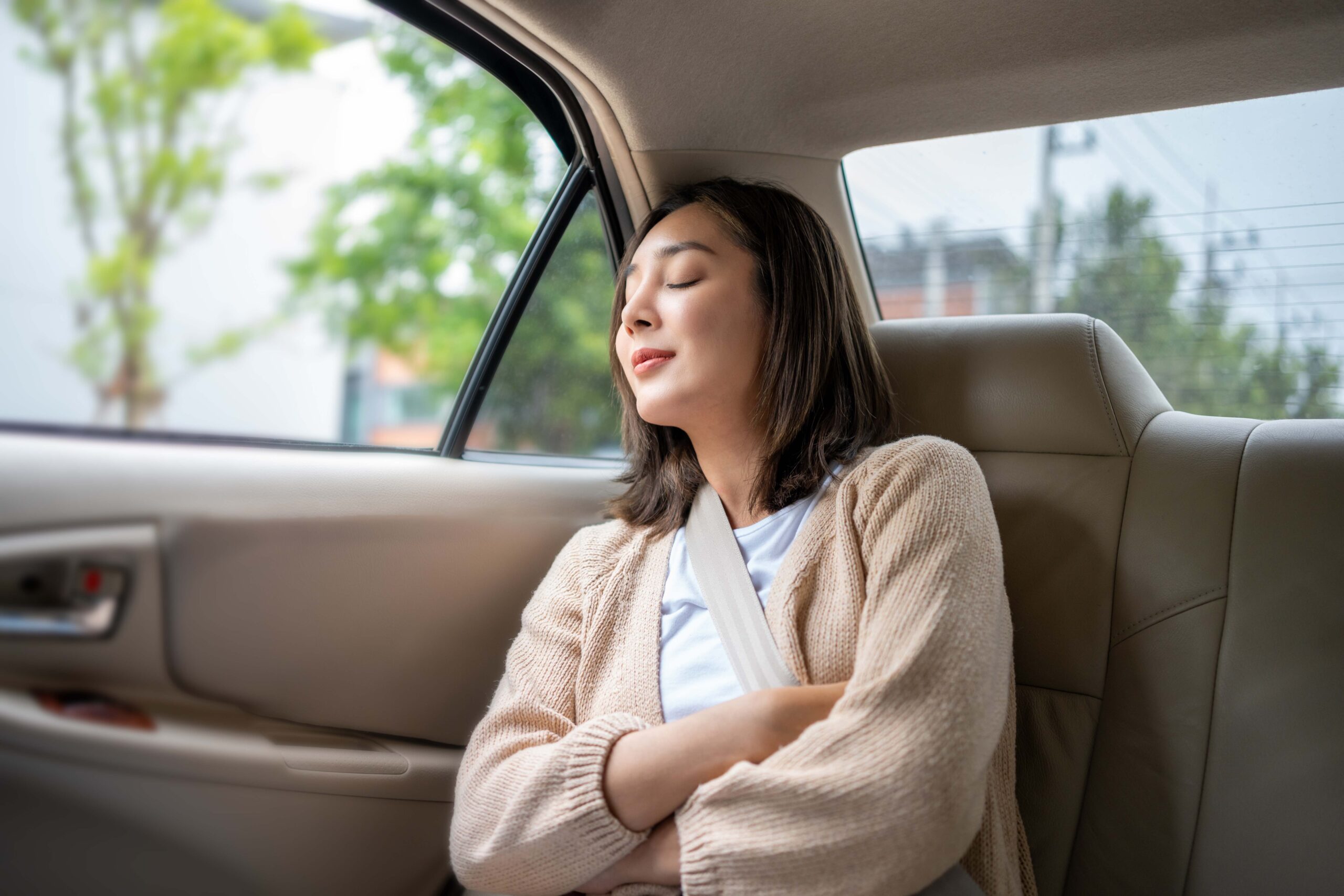
Road trip photography is not just about landscapes. People are the heart of the experience. Take portraits of your travel companions in natural settings, laughing at a gas station, stretching by the road, or sleeping in the passenger seat. These are the photos you’ll remember most, because they’re tied to the emotions of the trip. Be honest with these shots. Don’t force them into poses. Natural expressions often say more than staged ones.
Landscapes and wide views 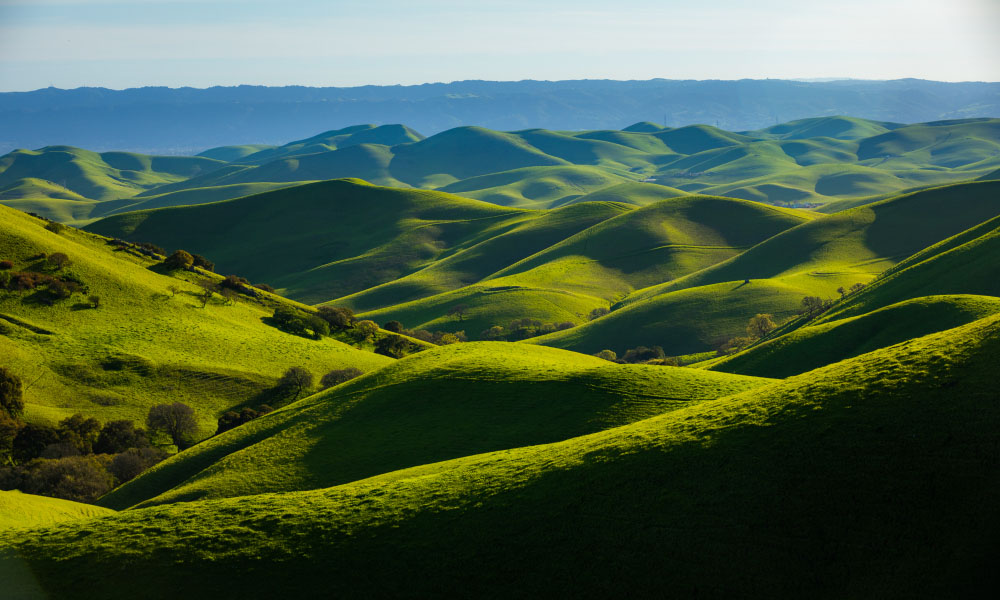
Big vistas deserve space. When you come across open highways, rolling hills, or long stretches of desert, pull back and frame the expanse. These wide shots give breathing room in your collection. They remind you of the scale of the places you’ve travelled through. Pay attention to composition. Placing the road as a leading line into the horizon can give your photo depth and perspective.
Small details along the way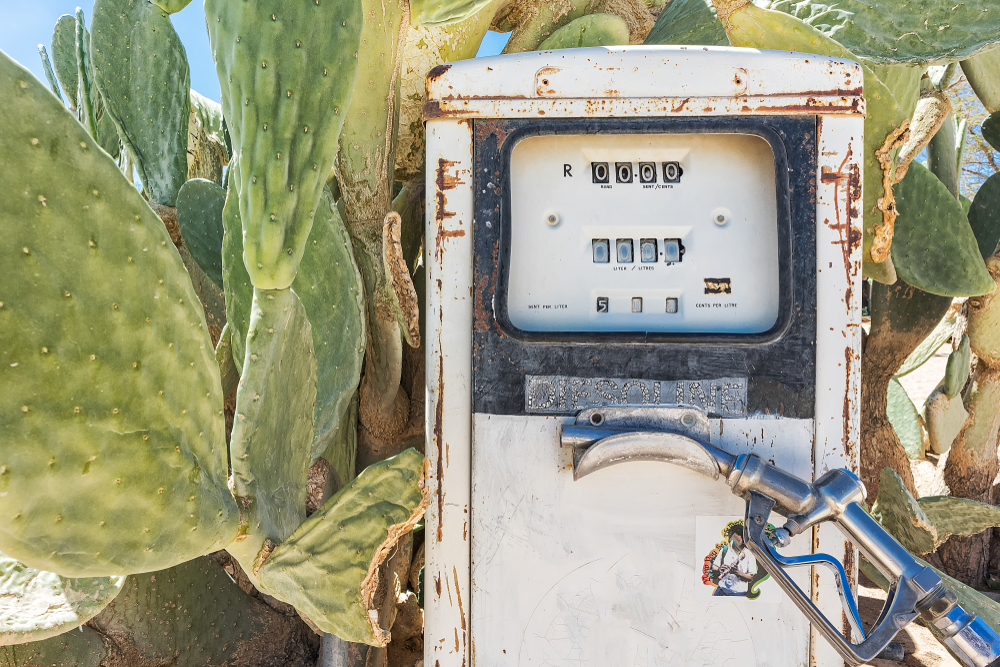
Not everything has to be grand. Focus on small details that might otherwise be missed: a cracked diner sign, patterns in the road, an abandoned gas pump, or weathered shoes by the side of the car. These fragments of the journey piece together the atmosphere. They’ll often carry more emotional weight than wide landscapes because they are personal. They’re the things you would forget without photographing them.
Weather and mood 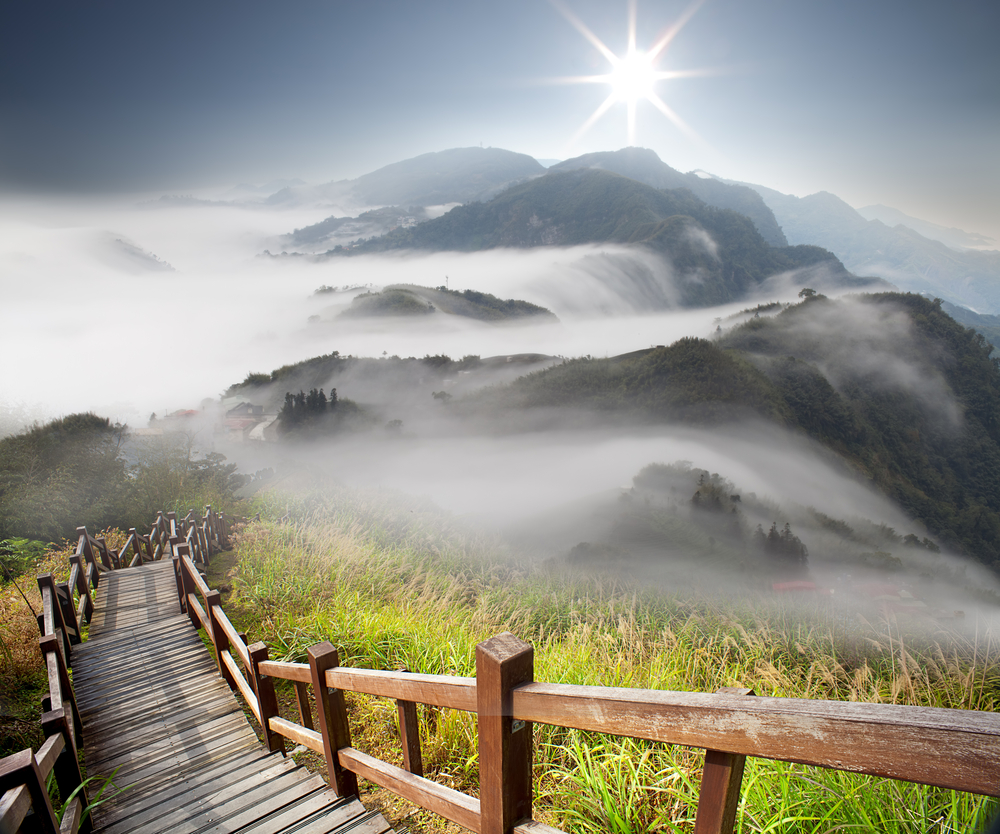
The weather can change the feel of every scene. Rain on the windshield, fog rolling through valleys, or storms forming on the horizon all create mood in your photos. Even cloudy days, often dismissed for lack of light, can add texture or a sense of quiet. Use the weather instead of waiting for “perfect” conditions. Each type of sky and atmosphere has a way of shaping the story of the road trip.
Shooting windows and reflections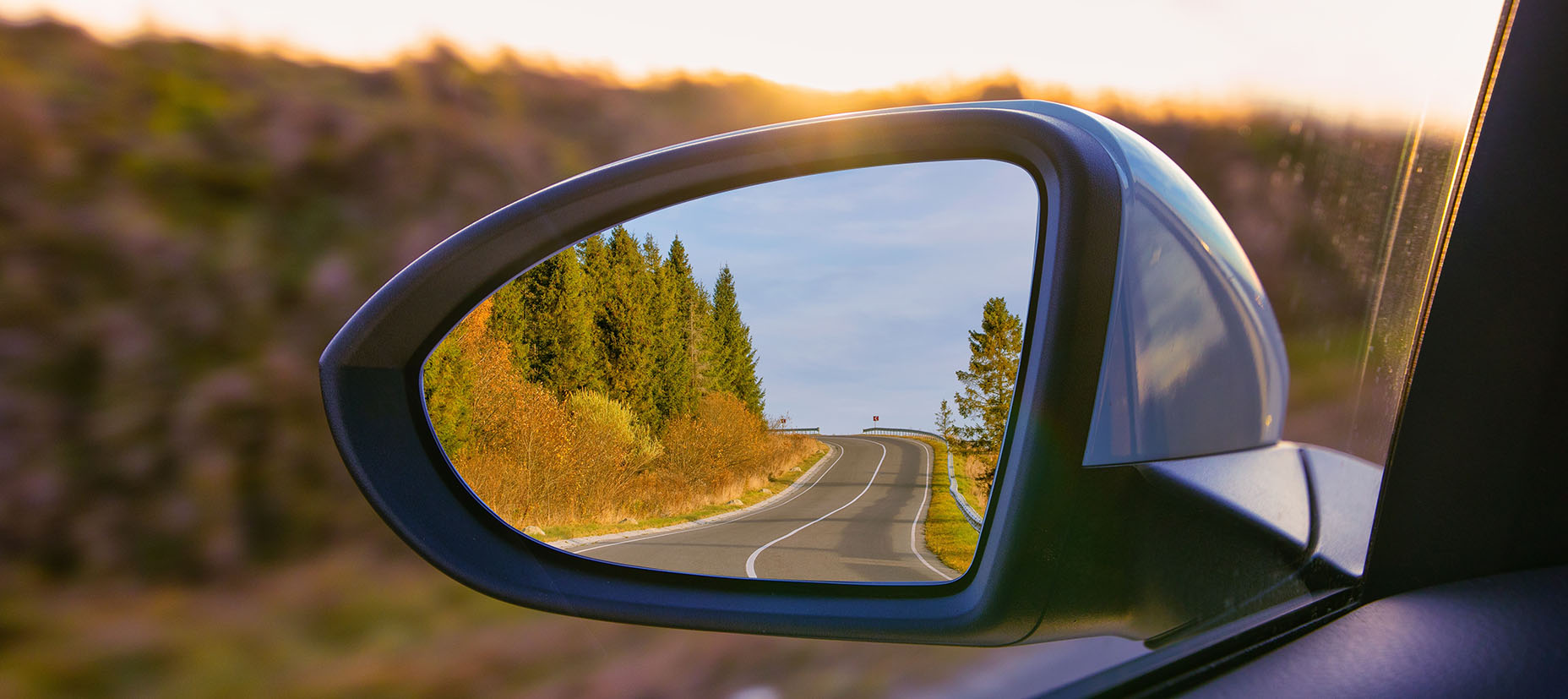
Car windows create natural frames. Shooting through them, either at the passing scenery or at reflections, can capture the feel of travelling without stopping. Use the glass as part of the composition, including the dirt, rain spots, or smudges from long drives. These imperfections add to the sense of being in motion. Reflections on side mirrors or even sunglasses can layer the photo with more context.
Editing with care 
Post-processing can shape the mood of your photos, but be careful not to overdo it. Too much contrast, heavy filters, or boosted colours can make the images feel unnatural. Instead, focus on light adjustments that bring out clarity and keep the atmosphere true to what you saw. The aim is not to transform the scene but to strengthen it. Editing is like memory; it should feel close to the way you experienced it rather than exaggerating it.
Telling a story 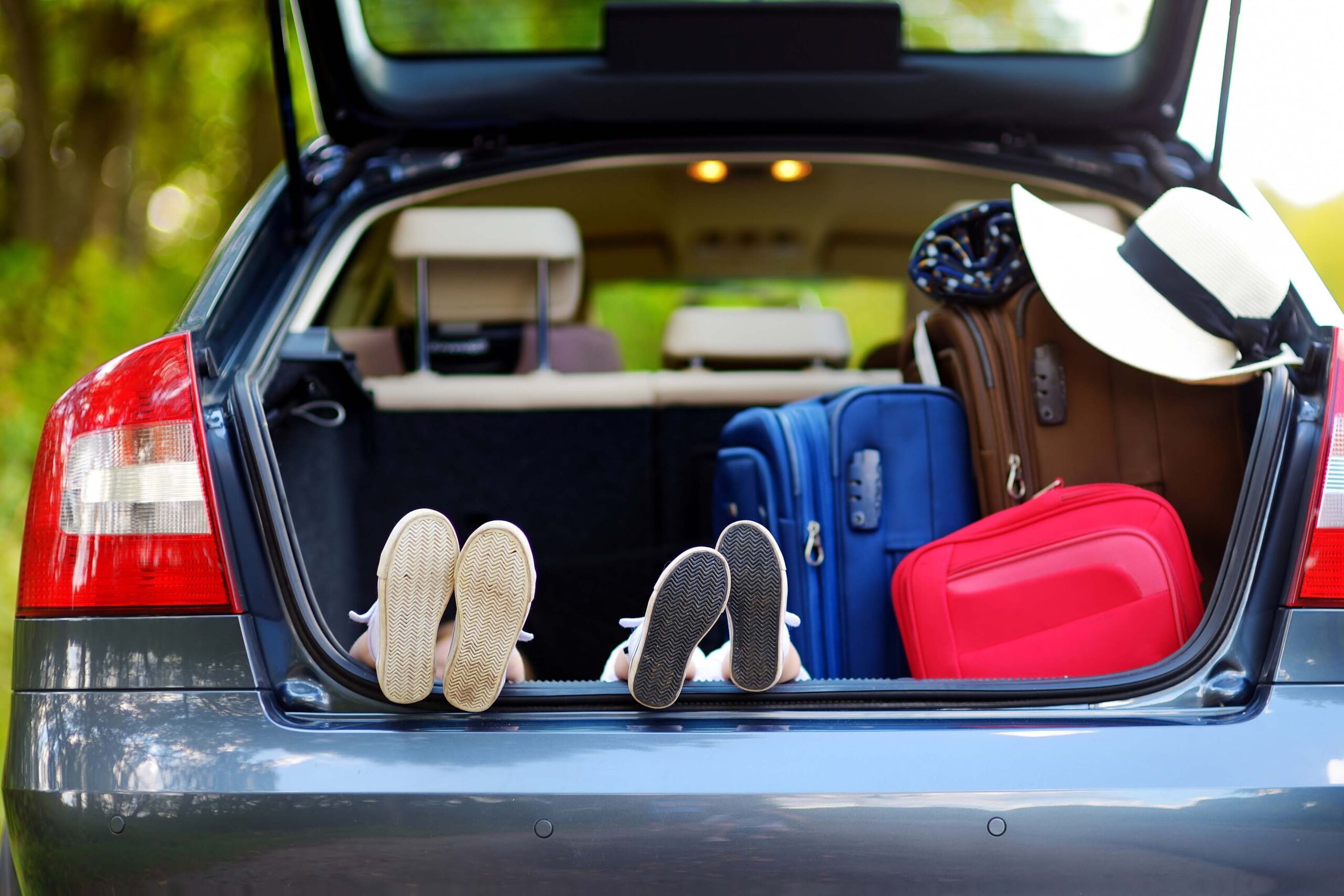
Think in terms of sequences, not single shots. Collect images that show beginnings, middles, and ends: the car packed before leaving, moments on the road, and finally the stop at the destination. This way, your photos create a narrative rather than a series of stand-alone images. Together, they become a story of movement, landscapes, and people, an honest record of what it felt like to be there.
Being present 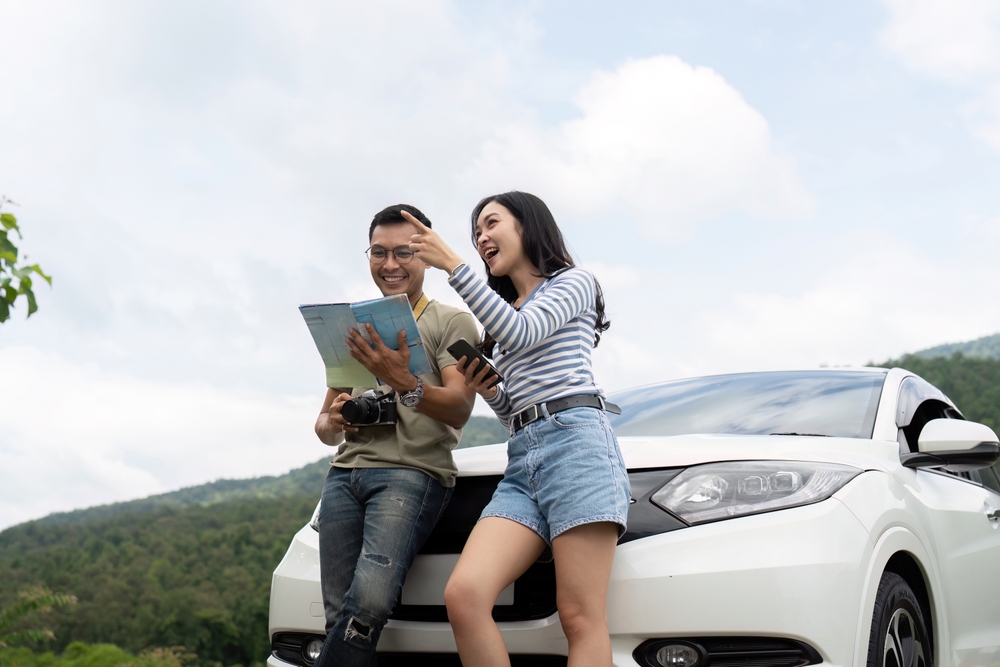
You should never sacrifice safety for the picture; safety always comes first. Never stand in risky locations like the edge of cliffs, busy roads, or unstable ground just for a shot. Always be aware of your surroundings when taking photos. If the situation feels unsafe, trust your instincts and walk away; it’s better to miss a photo than to get hurt.
It’s important not to lose the experience in the act of photographing it. Take your camera out, but also put it down. Sometimes the best way to capture the feeling is to live it fully. A balance of documenting and enjoying helps the photography feel meaningful rather than forced. Road trips are about being present on the journey—and your photos will carry that truth if you are.



